Huawei first announced the Watch GT back in October, with U.S. availability kicking off in February. Ahead of the U.S. launch, the firm sent me a unit.
The Watch GT is unlike any Apple Watch and Wear OS devices that I've used in the past, and there have been a few of each. For one thing, Huawei promises about two weeks of battery life with average usage, and up to 30 days using the Watch's most basic functions.
It does this with a multifaceted approach. It uses a custom dual processor, and it uses Huawei's own LiteOS, which comes with sacrifices. You're obviously missing out on watchOS or Wear OS apps, not that that's a really big deal in most cases. But in some cases, it is. I really missed not having navigation on my wrist, and I missed being able to stream music from my watch, or even control playback.
It kind of reminds me of the Microsoft Band, which became known as a fitness band that tried a bit too hard to be a smartwatch. Here's our review:
Specs
| CPU | Custom dual processor |
|---|---|
| Display | 1.39 inches, 454x454, 326ppi, AMOLED |
| Body | 46.5x46.5x10.6mm, 46g (without strap) |
| Storage | 128MB |
| RAM | 16MB |
| Battery life | 14 days for typical use |
| Water resistance | 5 ATM |
| Sensors |
Accelerometer sensor |
| Material | Metal, plastic, ceramic |
| Colors | Black Stainless Steel, Stainless Steel |
| Straps | Graphite Black Silicone Strap, Saddle Brown leather Silicone Strap, Glacier Gray Silicone Strap, Fluorescent Green Silicone Strap |
| Price | $199.99 for silicone strap and $229.99 for leather strap |
Day one
Design
The Huawei Watch GT, or the Watch GT Sport when it comes with the silicone strap, definitely has a similar design language to the firm's Watch 2 Sport, an Android Wear (as it was called at the time) smartwatch that I really didn't like when I reviewed it. It was half an inch thick and it has massive bezels, which made it really ugly. Luckily, those are the two aspects of the design that the Watch GT does not share.
The Watch GT is 10.6mm thick, a full two millimeters thinner than its Wear OS predecessor, and it has a larger display in a similarly sized body. I'd describe this one, with its metal and ceramic body, as stylish, something that I'd not call the Watch 2. The only problem is that it still has a pretty large footprint, so people with small wrists will probably still have to look elsewhere, such as at the Fossil Sport, which I recently reviewed.
But for someone with average-sized wrists like myself, it's fine. What I really care about is the thickness, because some of the smartwatches we're seeing these days are just massive, bulky, and unsightly.
The Watch GT has two buttons on the right side. The top one serves as a power button, as well as a home button and a button to launch the app drawer. The bottom one takes you directly to the Workouts app, and it's a quick way to start a workout.
On the bottom of the device, you'll find a heartrate sensor, along with two pins for charging. I've noted before that I don't care for this charging method, as the pins can get dirty and make charging a hassle after extended use. Also, unlike the Watch 2, this doesn't come with a charger that clips onto it. You just sort of have to balance it on the pins. There are magnets to guide you, but it's really easy for it to fall off of the charger. Luckily, the battery life is so good that you don't have to charge it much.
It comes with standard 22mm straps, which can be replaced by any others. That's always nice, since you don't have to buy your accessories from Huawei if you can find them cheaper, or if you can find ones you just like better.
Display
The Huawei Watch GT has a 1.39-inch 454x454 AMOLED display. It's larger than the 1.2-inch screen on the Watch 2, but it has the same 326ppi pixel density. This likely isn't a coincidence, but it's the same pixel density that Apple uses on its Watch, and that's what it calls Retina. That means that from an average viewing distance, you shouldn't be able to see any pixelation.
And that's pretty accurate. The screen is sharp with vibrant colors, and it's definitely one of the better smartwatch screens. The screen is AMOLED, which means that you get true blacks, something that you definitely want on a smartwatch.
OLED stands for organic light-emitting diodes, and what you really need to know is that pixels can be turned off, whereas an LCD is entirely backlit. You don't see many LCD smartwatches these days and that's a good thing. This is an active matrix OLED screen, and you will find some lower end smartwatches using PMOLED, or passive matrix. In short, the Watch GT is using the better of the technologies.
There are some downsides though; most importantly, the Watch GT does not offer an always-on display. This is a feature that you'll often see in Wear OS watches among others, which shows you the time constantly, rather than forcing you to raise your wrist to wake the device. Presumably, this was done to preserve battery life, but I think most would agree that we'd be better off having it as an option.
Another thing is that it doesn't have tap-to-wake. You have to either raise your wrist or press the top-right button to wake the display. I'll give Huawei a break on this part, because tap-to-wake is really something that I've been trained to do from years of using watchOS and Wear OS. To me, it seems like a common sense feature, but to someone who hasn't had a smartwatch before, you might not even notice.
LiteOS
Let's talk a little bit about the software that comes on the Huawei Watch GT. It's different from the common smartwatch platforms that I've used, but there are some things that are familiar. For example, switching the watch face works the same as it does on Wear OS; you just hold the watch face and it takes you to a selection that you can scroll through. Huawei offers 14 watch faces, and there's no option to add more.
That brings me to my next point, which is that you can't get additional apps for this. I'm not a big user of most smartwatch apps, at least not the same way as on a phone. But some apps are just key. For example, I really missed having Google Maps, or some type of navigation. When I'm driving, I don't want to hear a voice telling me every five seconds that I have to turn. I want to glance at my watch to see what I have to do next, and I'm so accustomed to that by now.
It also means no music playback, and there are no music playback controls when streaming from your phone. Remember, this device has 128MB of storage, so storing music on there is kind of out of the question. While the Watch GT does have some nice fitness features, one thing that I appreciate about other devices is the ability to go to the gym and not have my phone with me.
You can access the app drawer by waking the device and pressing the top-right button. The pre-installed apps include Workout, Sleep, Heart rate, Barometer, Compass, Weather, Stopwatch, Timer, Alarm, Flashlight, Find my phone, Settings, and Activity records. It's pretty much the essentials, and that's all you're going to get unless Huawei gives us something new in a software update.
Swiping down from the top of the watch face gives you quick settings, including No Disturb, Show Time, Find Phone, Lock, and Settings. The option for do not disturb is nice; one of the things I didn't care for on the Huawei Band 3 Pro and Band 3e was the need to go into the Huawei Health app to turn on do not disturb. The Show Time option will keep the display awake for five minutes, and Find Phone will ring your phone in case you lost it.
Swiping up from the watch face will show you notifications, which are somewhat minimal. The nice thing about using the device with Android is that you can customize which apps show you notifications, although on iOS, you just get everything that shows up on your phone. Some apps show more than others, and some messaging apps will just tell you that you got a message and not display the contents. Unfortunately, you can't interact with notifications either.
Another thing about the UI is that like most smartwatch operating systems, it feels like a square peg in a round hole. I think it does a bit better than Wear OS, since it doesn't actually cut off notifications. Oddly, it just wraps the test instead, so you can incomplete words.

Swiping to the left or right from the watch face will give you a glance at certain apps. You an see your activity rings, which are similar to the Apple Watch with steps, exercise minutes, and standing minutes. Another swipe and you'll get the weather, and the Weather app is very simple. You can see what the weather is at the current time in your current location, and that's it. And finally, one more swipe and you'll see your heartrate.
One other limitation of LiteOS when compared to watchOS or Wear OS is that there's no way to take screenshots. It's not a big deal, but you might have been wondering why there are so many photos of the different screens.
Performance and battery life
Due to the limitations of LiteOS, the performance of the Watch GT is great. The device uses a custom dual processor, and Huawei hasn't provided any specifics on that, but it seems to do well. One of the issues on Wear OS is performance due to the fact that Qualcomm has been using ARM Cortex-A7 since day one, so Huawei definitely gets points for this.
Huawei also says that the Watch GT can get up to 30 days of battery life if you use the most basic of functions, and it will get about two weeks with normal usage. From my experience, this isn't entirely accurate, although the battery life is still well above and beyond most other smartwatches on the market.

I had heartrate monitoring turned on for the first week, as it's on by default. After six days, it was down to 16% and I just had to charge it. Some days it would drop by 10% or 15%, but on other days, it would fall by over 20%. When I turned the heartrate sensor off, the results got better, but not enough to make it through two weeks. I'd say you're good for about 10 days with the heartrate sensor turned off and normal usage.
Still, that's awesome battery life, when I can get a maximum of two days out of an Apple Watch or Fossil Sport.
Huawei Health
Huawei Health is one of my favorite fitness solutions around, and that's what you need to use to pair the Watch GT with your phone. It's available for both iOS and Android. It provides a lot of detailed analytics about your activities. It also supports sleep tracking, something that you won't find from Apple's or Google's alternatives.
I normally don't like sleep tracking, just because for me, it has the psychological effect of making me more tired. Huawei does a great job of it, as it actually provides insights and suggestions on how to improve your sleep habits. Your sleep activity is broken down into separate categories like light sleep, deep sleep, how many times you woke up in the middle of the night, and so on. The app will tell you what's normal, high, or low, and you can open them to find solutions to improve.
All of the various activities in Huawei Health offer daily, weekly, monthly, and yearly views. You can then see how your average for the week compares to the month, or how you're doing this month compared to the year.
And of course, it will show you all kinds of data for your exercises. While the Watch GT will automatically track your sleep, you still need to manually turn on exercise tracking. That goes through the Workout app, or you can just press the bottom-right button on the watch.
One issue that I had with this is that the distance is not accurate. I was on a treadmill, so I assume that the algorithm tries to match up the distance with how many steps I took and how tall I am. This run was about two miles. It does give you an option to adjust to calibrate it, but I could only turn it up to 1.4 miles.
I also found that the heartrate sensor was pretty accurate, at least when compared with the one that was built into the treadmill.
Conclusion
I feel like when it comes to smartphones, there's not much to be decided. For the most part, we want a great camera, a vibrant display, fast performance, and at the least a decent battery life. I think that smartwatches are a lot more personal, and what's important really comes down to the user. One of my passions is talking to people about technology and what they care about, and smartwatches tend to bring up the most diverse opinions.
Some people care about battery life, while others want features. Some people want great fitness tracking, while others want style. Sadly, the form factor is so small that we can't have everything.
The Huawei Watch GT is for people that want great battery life and great fitness tracking, with a touch of style. Unfortunately, it misses out on some of the key smartwatch features that I've come to know and love from watchOS and Wear OS, such as music playback and navigation. An always-on display would help as well.
I mentioned earlier that it reminded me of the Microsoft Band, because the Band was regarded as a fitness band that tried to hard to be a smartwatch. This does the same thing, except it's actually in the shape of a smartwatch. It does a great job of tracking fitness, while checking the very minimum of boxes to be considered a smartwatch, and that's mainly delivering notifications.
So the question is, should you buy it? I'd say probably not, because you're not getting much more than you get from the Huawei Band 3 Pro, which costs $69.99. If you want that smartwatch form factor and you care about the features mentioned above, go for it. For the things that it tries to do, it does them really well.












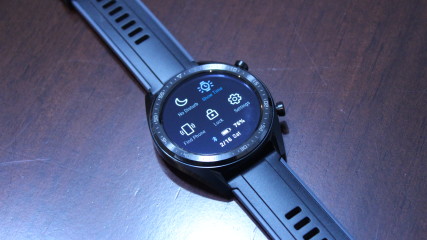
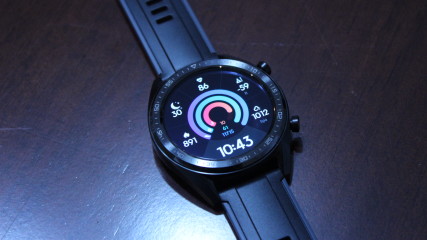
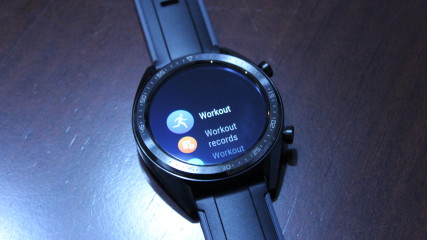
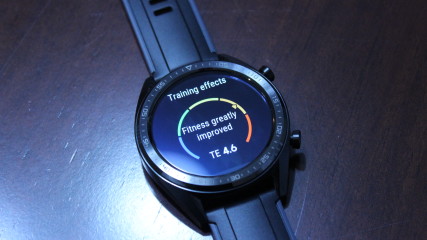
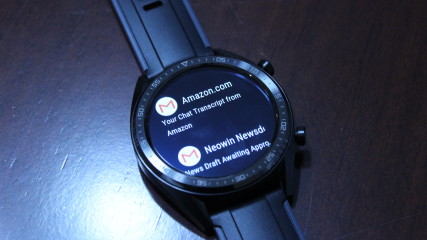
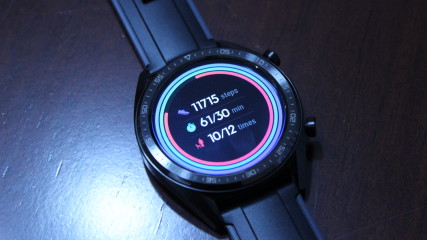
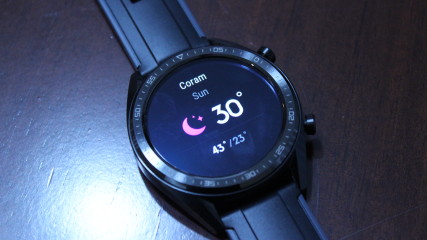
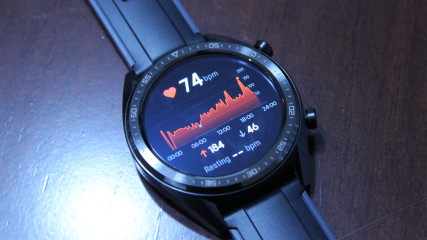
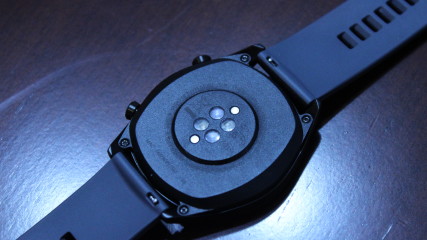
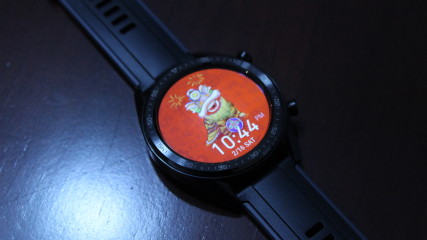
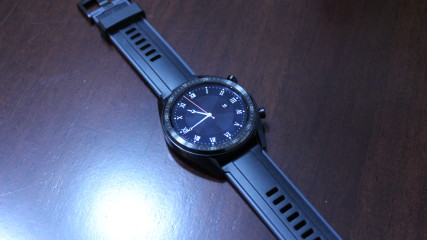
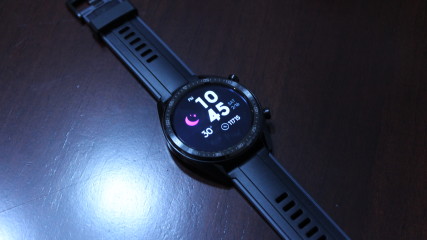
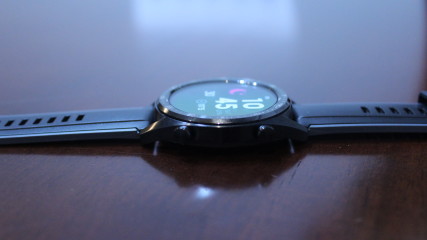
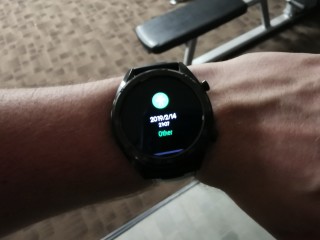
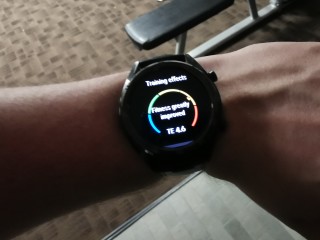
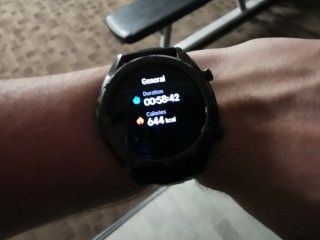
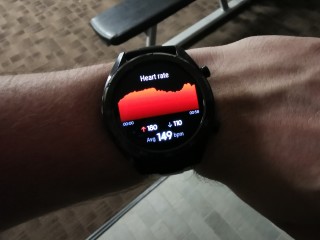
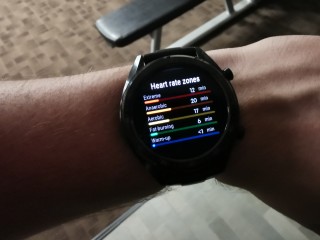
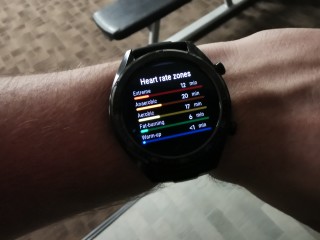
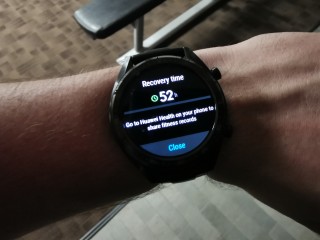
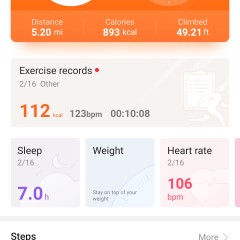
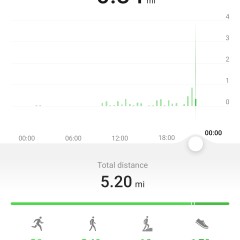
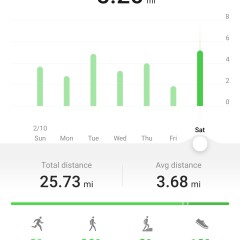


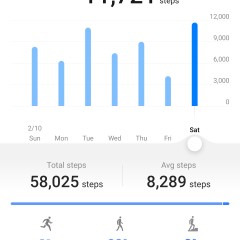
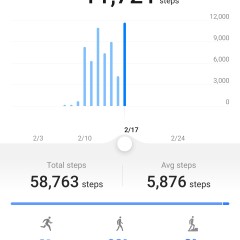

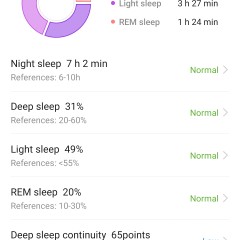
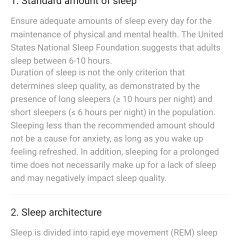
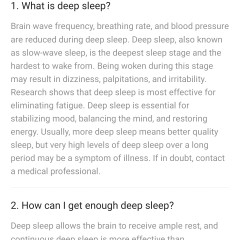
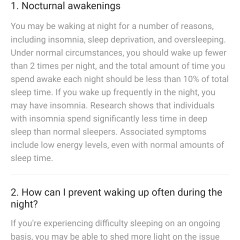
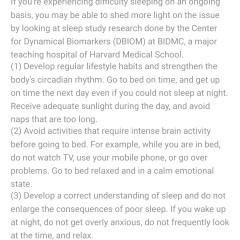


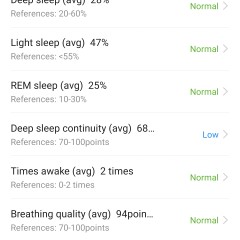
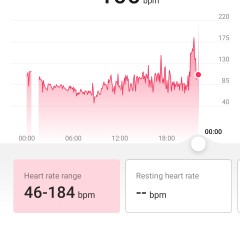

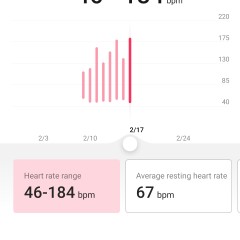
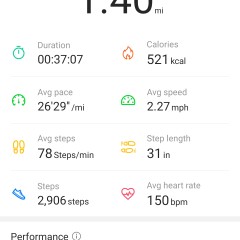
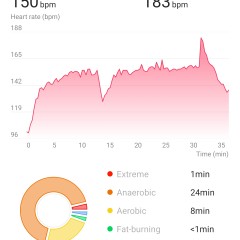

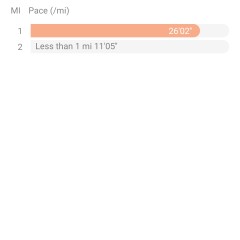


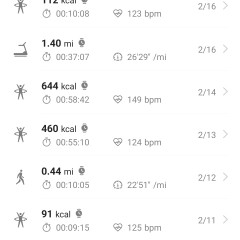
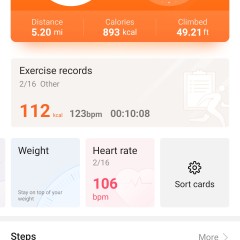
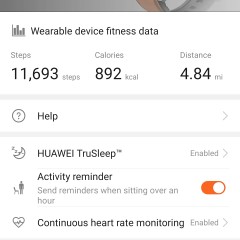
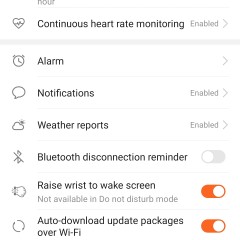










2 Comments - Add comment